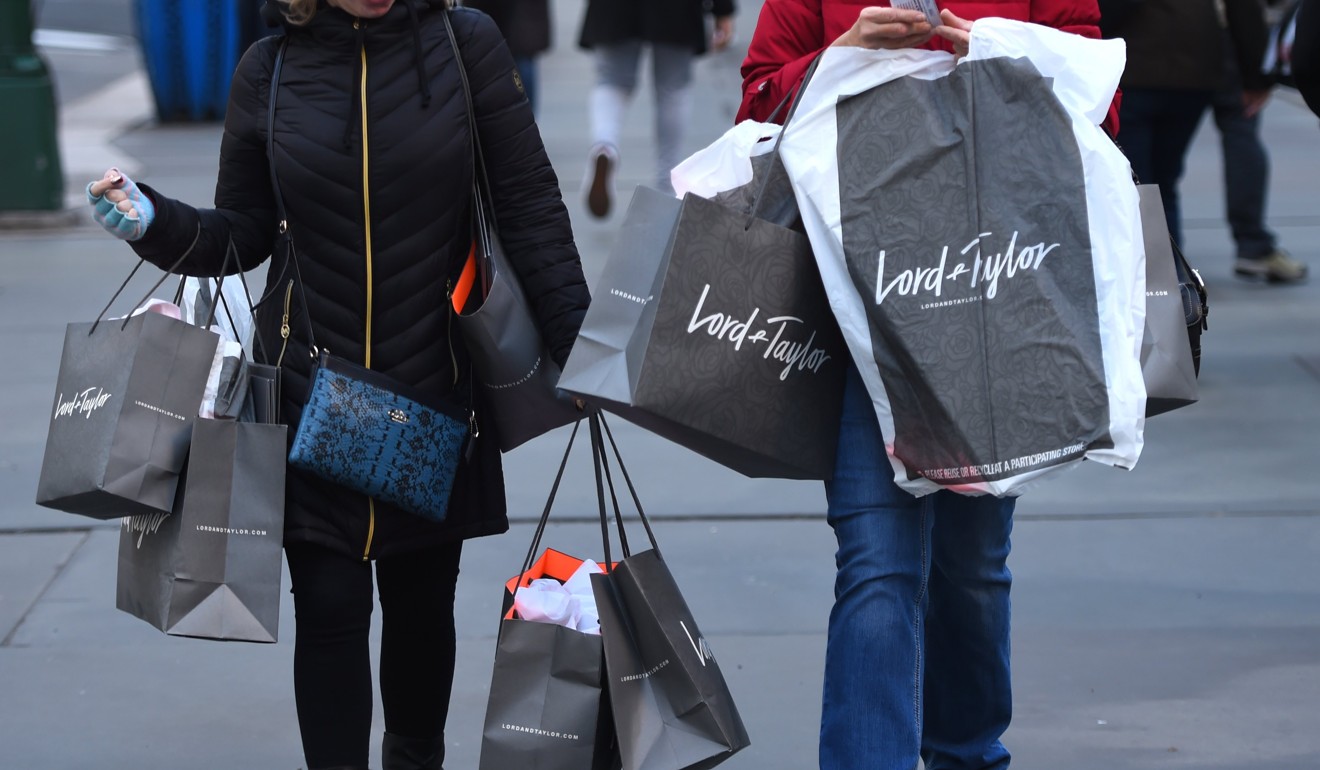
US inflation slows down as focus turns to how this will affect interest rates in 2018
Underlying US consumer inflation slowed in November, held down by weak health care costs and the biggest drop in apparel prices in nearly two decades, which could impact the pace at which the Federal Reserve raises interest rates next year.
Inflation has moderated for much of this year, leading to concern among some Fed officials that the factors holding back price pressures could prove more persistent. The US central bank is expected to raise interest rates when policymakers conclude a two-day meeting later on Wednesday.
The Fed has increased borrowing costs twice this year, encouraged by a tightening labour market and strengthening economy. It has forecast three rate hikes next year.
“The lack of a sustained pickup in core CPI does make the Fed deliberations about the pace of monetary policy tightening next year more complicated,” said Kathy Bostjancic, head of US macro investor services at Oxford Economics in New York.
The Labour Department said its Consumer Price Index excluding the volatile food and energy components ticked up 0.1 per cent also as prices for airline fares and household furnishing fell. The so-called core CPI advanced 0.2 per cent in October.
As a result, the annual increase in the core CPI slowed to 1.7 per cent in November from 1.8 per cent in October.

The Fed has a 2 per cent inflation target. The central bank’s preferred inflation measure, the core personal consumption expenditures (PCE) price index, has consistently undershot its target for almost 5-1/2 years.
The overall CPI increased 0.4 per cent in November after edging up 0.1 per cent in October. That raised the year-on-year increase in the CPI to 2.2 per cent from 2.0 per cent in October.
Economists believe inflation will rise next year after Republicans in the US Congress approved plans for sweeping tax cuts, including slashing the corporate income tax rate to about 20 per cent from 35 per cent. The fiscal stimulus will come at a time when the economy is almost at full employment.
“This expectation supports our forecast for the Fed to raise its policy rate four times next year after increasing it today,” said Mickey Levy, chief economist for Americas and Asia at Berenberg Capital Markets in New York.
Last month, the cost of health care services slipped 0.1 per cent, the first drop since May, with prices for doctor visits falling 0.8 per cent. In the 12 months through November, the cost of doctor visits tumbled 1.8 per cent, the biggest decline since records started in 1947.
Apparel prices dropped 1.3 per cent, the largest fall since September 1998, after dipping 0.1 per cent in October. Economists said an unseasonably warm November probably contributed to the decline in apparel prices, as well as competition from online retailers like Amazon.
“It was one of the warmest Novembers on record, which means that people would have bought proportionally less full-price winter clothing and more discounted summer/fall clothing,” said Paul Ashworth, chief economist at Capital Economics in Toronto. “If we’re right, clothing prices will snap back in December.”
Owners’ equivalent rent of primary residence gained 0.2 per cent after rising 0.3 per cent in October. Petrol prices rebounded 7.3 per cent after falling 2.4 per cent in October.
Food prices were unchanged for a second straight month. Prices for new motor vehicles rose 0.3 per cent after two straight monthly declines. There were also increases in prices of alcohol, mobile phone services and tobacco.

